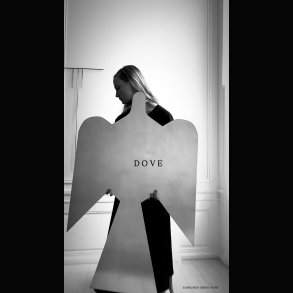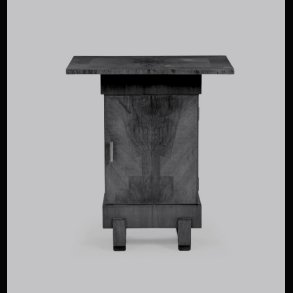Wallpaper hanger and upholsterer Jules Wagemans (1866-1943) laid the foundation for Dutch manufacturing brand Artifort when he opened his bespoke furnishings atelier, H. Wagemans & Van Tuinen, in Maastricht in 1890.
In 1920, his son Henricus Wagemans (1892-1948) took the helm and re-focused the company on the production of solid, well crafted, upholstered armchairs and other seating in traditional styles. In 1927, Henricus changed the company name to Artifort, which he derived from the Latin words, “ars,” meaning “art,” and “fortis,” meaning “strength.” Moving on a trajectory toward an ever-more progressive design approach, in the early 1930s, Artifort acquired a patent for “Epeda” single-steel-wire springs, which had already been used in mattresses and car seats, but never before in domestic furniture. This innovation allowed Artifort to produce more comfortable chairs and sofas in less time and with fewer materials.
In 1939, Dutch designer Theo Ruth (1915-1971) became head of design and development—a position he maintained until his death in 1971—and proved instrumental in establishing Artifort as one of the most design-conscious companies of the 20th century. After World War II, under the directorship of Henricus’s son H. J. J. (Harry) Wagemans (b. 1921), Artifort acquired a high-pressure molding machine, which allowed for much more minimalist yet cushioned designs. Early examples of this reduced style include Ruth’s Congo Chair (1952) and Penguin Chair (1953).
Artifort’s signature vibrant and biomorphic aesthetic fully blossomed when Dutch designer Kho Liang Ie (1927-1975) agreed to consult for the company, starting in 1958. In addition to designing a number of iconic pieces for Artifort, Kho instigated important collaborations with foreign designers, most notably French designer Pierre Paulin (1927-2009) and British designer Geoffrey Harcourt (b. 1935).
As tastes for space-age designs peaked in the 1960s and 1970s, Artifort found international success, especially with Paulin’s colorful, jersey-covered “seat sculptures,” like Orange Slice Chair (1960), Model 560 Mushroom Chair (1963), Model 582 Ribbon Chair (1966), and Model 577 Tongue Chair (1966-7). Since the 1970s, a variety of standout designers have collaborated with Artifort, including Gijs Bakker, Jasper Morrison, René Holten, Patrick Norguet, and Khodi Feiz.
Artifort pieces are included in the Museum of Modern Art in New York, the Victoria & Albert Museum in London, the Musée des Arts Décoratifs and Centre Pompidou in Paris, and Vitra Design Museum in Weil am Rhein.
In 1998, the Lande Group in Schijndel purchased Artifort from the Wagemans family, opening new factories in Schijndel and Lanaken in Belgium. The company celebrated its 125th anniversary in 2015.








